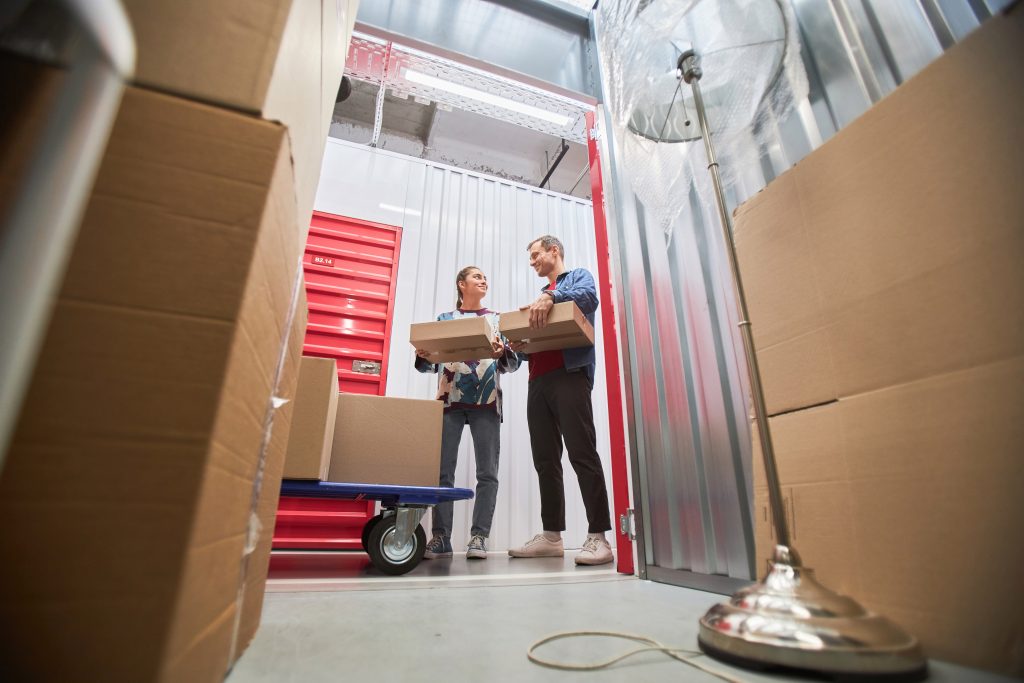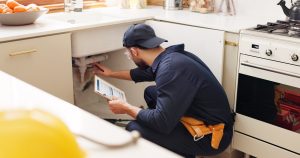Renting a self-storage unit is a great way to free up space in your home or business while keeping your belongings safe. However, proper storage techniques are essential to ensure your items remain in good condition for the long term. Whether you’re storing furniture, electronics, clothing, or even vehicles, taking the right precautions can prevent damage and deterioration. Below, we’ll walk you through the best practices and top self-storage tips for storing different types of items so you can keep your possessions in top shape.
What Do I Need for Proper Self-Storage?
Before you begin packing your items for storage, gather the right materials to keep them protected. Here are some essential supplies you may need:
- Sturdy cardboard boxes or plastic storage bins
- Packing tape and labels for organization
- Bubble wrap and packing paper for fragile items
- Furniture blankets or padded covers
- Plastic sheeting or drop cloths
- Silica gel packets for moisture control
- Anti-static bubble wrap for electronics
- Heavy-duty tarps or weatherproof covers for vehicles
- Shelving units to maximize space
How to Store Furniture
Furniture, especially wooden and upholstered pieces, requires special care when placed in storage. Start by cleaning and drying each item thoroughly to prevent mold, mildew, or unpleasant odors from developing. Disassemble large pieces such as tables, bed frames, and bookshelves to save space and reduce the risk of damage during transport. Wrap wooden furniture in furniture blankets or padded covers to protect against scratches and dents, and avoid using plastic directly on wood, as it can trap moisture.
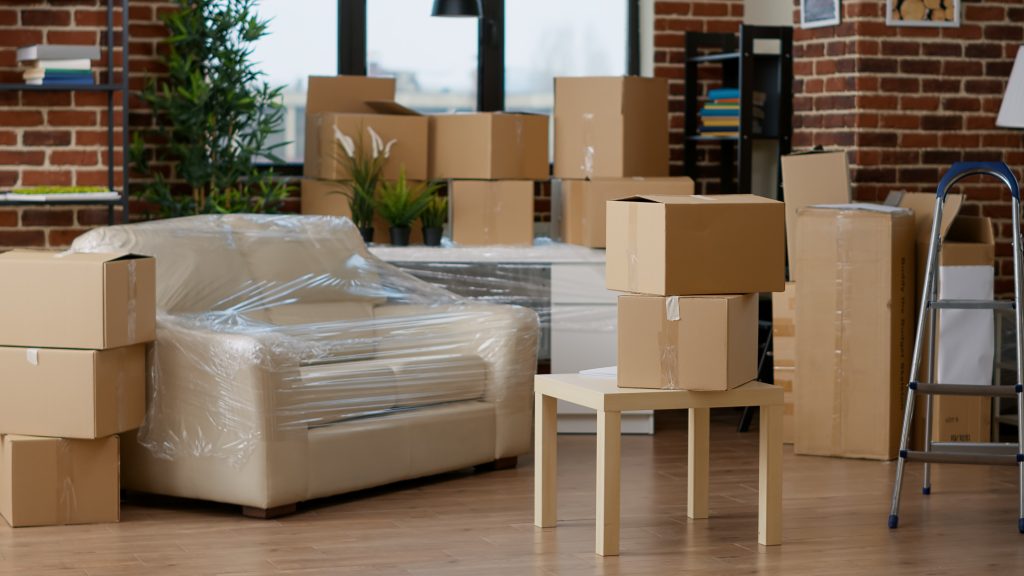
For upholstered items, consider using breathable fabric covers to shield them from dust while allowing air circulation. If possible, store furniture off the ground on pallets to protect against potential flooding or moisture buildup.
How to Store Electronics
Electronic devices, including televisions, computers, and gaming consoles, are sensitive to temperature fluctuations and humidity. If your self-storage facility offers climate-controlled units, it’s best to use one to protect your electronics from extreme conditions.
Before placing them in storage, remove all batteries to prevent leaks and corrosion. Whenever possible, use the original packaging for added protection, or wrap electronics in anti-static bubble wrap and place them in sturdy, well-padded boxes. Store screens upright and avoid stacking heavy items on top of electronics to prevent cracks or internal damage. Label cords and accessories to make reassembly easier when retrieving your items.
How to Store Clothing
Keeping your clothing in good condition while in storage requires proper cleaning and packing techniques. Wash and dry all garments thoroughly before storing to prevent stains from setting and to deter pests. Fold and place clothing in plastic storage bins with airtight lids to keep out moisture and insects. For delicate or valuable clothing items such as wedding dresses or vintage apparel, consider using garment bags and hanging them on a clothing rack inside your unit. Adding silica gel packets to your storage containers can help absorb excess moisture and reduce the risk of mold and mildew.
How to Store Vehicles and RVs
Whether you’re storing a car, motorcycle, boat, or RV, preparation is key to keeping your vehicle in good condition. Begin by cleaning both the interior and exterior thoroughly to remove dirt, grime, and food particles that might attract pests. Top off fluids, including the fuel, and add a fuel stabilizer to prevent degradation. Inflate tires to the recommended pressure to avoid flat spots from long-term storage. Disconnect the battery or use a trickle charger to prevent it from losing charge over time. If possible, cover your vehicle with a breathable, weather-resistant cover to shield it from dust and debris. For added protection, consider an indoor or covered garage storage space.
How to Store Collectibles and Valuable Items
If you’re placing valuable or sentimental items in storage, extra precautions can help preserve their condition. For fragile collectibles such as glassware, figurines, or antiques, use plenty of cushioning material such as bubble wrap or foam padding. Store fragile items in sturdy boxes with clear labels, and avoid stacking heavy objects on top.
Climate-controlled units are ideal for temperature-sensitive items like artwork, vinyl records, or vintage books. If you’re storing coins, stamps, or trading cards, keep them in protective sleeves or albums to prevent exposure to dust and humidity. Whenever possible, place high-value items on elevated shelves to reduce the risk of accidental damage or water exposure.
How to Store Seasonal Decorations
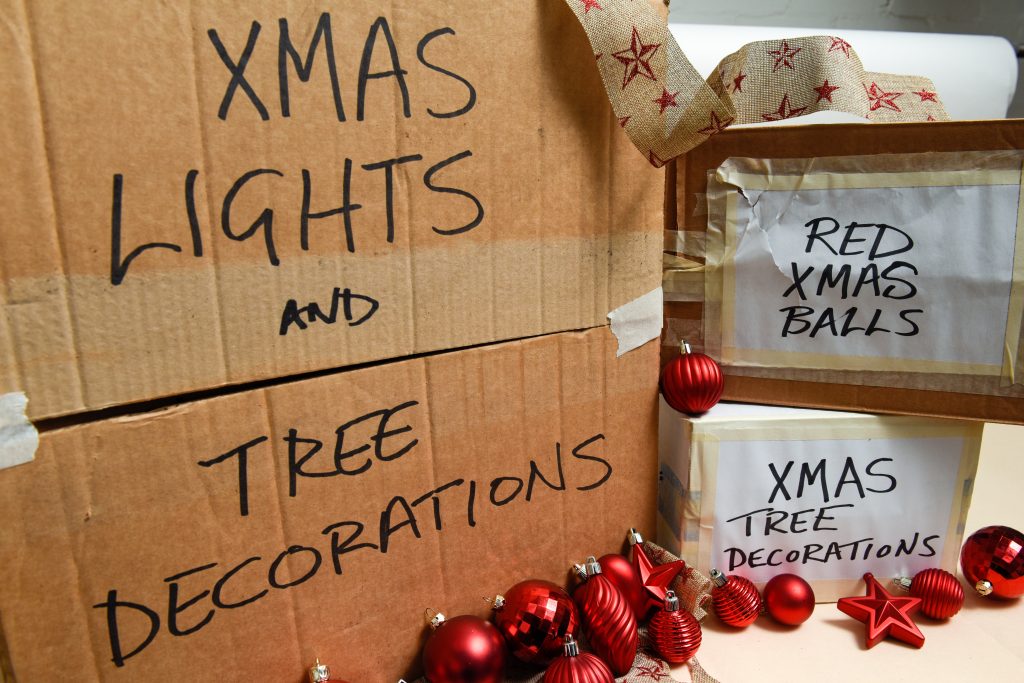
Holiday decorations can take up a lot of space at home, making storage units a great solution. Before storing, sort decorations by holiday or theme to make retrieval easier when the season comes around.
Wrap fragile ornaments in tissue paper or bubble wrap and store them in divided containers to prevent breakage. Coil string lights neatly to avoid tangles, and consider placing them in sealed plastic bags or dedicated storage reels. Artificial trees should be disassembled and stored in a durable tree bag or box. Keeping decorations in labeled plastic bins will protect them from dust and moisture while making it easy to find what you need next season.
How to Store Documents
Important paperwork, including legal documents, tax records, and business files, should be stored carefully to prevent damage over time. Use fireproof and waterproof storage containers for the most critical documents. For general paperwork, sturdy file boxes with hanging folders can help keep everything organized. Climate-controlled storage is recommended to prevent humidity from causing paper to become brittle or moldy. Avoid placing documents directly on the floor to reduce the risk of water damage in case of a leak. Consider digitizing essential records as a backup in case anything happens to the physical copies.
How to Store Business Inventory
For business owners, a storage unit can provide a cost-effective solution for managing excess inventory. To maintain an organized and efficient business inventory storage space, categorize inventory and use shelving units to maximize vertical space. Clearly label all boxes and create an inventory list to track stored items. Protect merchandise from dust and moisture by using sealed plastic bins when necessary. If you have temperature-sensitive products, consider renting a climate-controlled unit to preserve their quality. Regularly visiting your storage unit to rotate stock and keep inventory updated will help prevent lost or forgotten items.
Select NSA self-storage facilities offer wine storage units for storing wine bottles or cases. This option is perfect for winery or restaurant owners with a need to store excess inventory off-site. Our climate-controlled units provide the ideal environment for both storage and aging.
How to Store Sporting Equipment
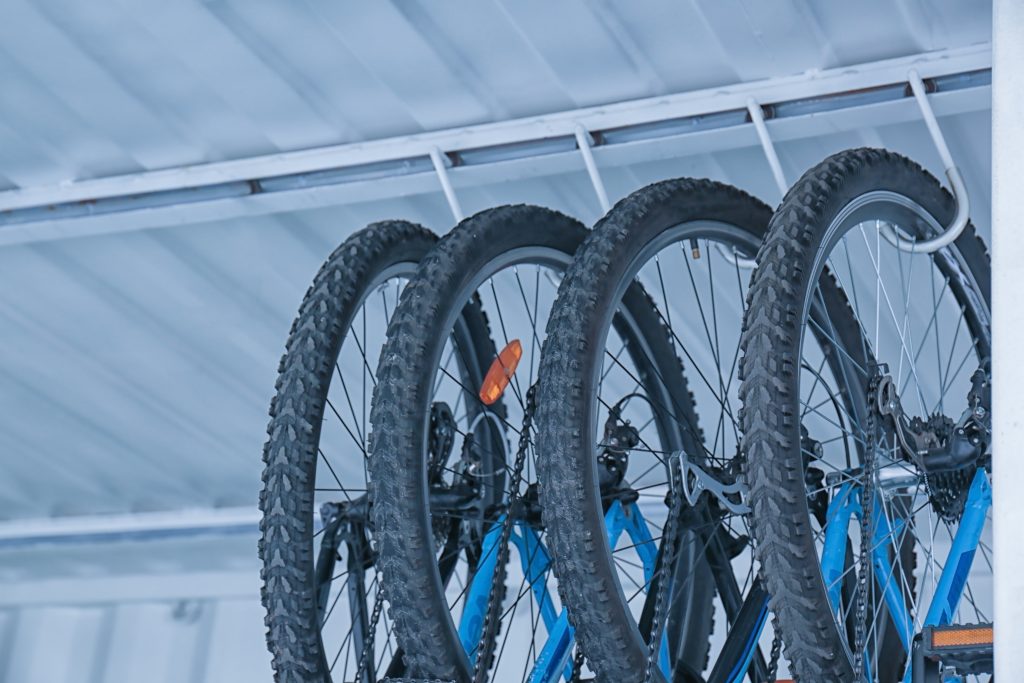
Sporting equipment such as bicycles, golf clubs, camping gear, and skis should be cleaned and dried before storage to prevent rust and deterioration. Disassemble large items when possible to save space. Store bicycles on racks or hang them from hooks to keep them off the ground and prevent tire damage.
Keep golf clubs in their bags with protective covers, and store camping gear in labeled plastic bins. For seasonal gear like skis or snowboards, consider climate-controlled storage to prevent warping or cracking due to temperature fluctuations.
How to Store Mattresses and Bedding
Proper storage of mattresses and bedding can help prevent damage from dust, pests, and moisture. Clean and air out mattresses before storage, and use a breathable mattress bag to protect against dirt and insects. Store mattresses flat to prevent sagging, or stand them upright against a wall for short-term storage. Keep pillows, blankets, and sheets in vacuum-sealed bags or plastic bins to minimize space and protect against dust. If storing for an extended period, consider using a climate-controlled unit to prevent mold and mildew growth.
How to Store Household Appliances
Household appliances such as refrigerators, washing machines, and microwaves require careful preparation before going into storage. Start by cleaning and drying all appliances thoroughly to prevent mold and mildew. Leave refrigerator and freezer doors slightly open to allow air circulation and prevent odors. Secure cords and hoses with zip ties and place them inside the appliance or in a labeled bag.
If possible, store appliances upright to avoid internal damage, and use furniture blankets or padded covers for extra protection. Climate-controlled units are recommended for long-term storage of appliances to prevent temperature-related wear and tear.
Find a Self-Storage Unit Near You with NSA Storage
Self-storage tips like these can help you get started, but you need the perfect storage solution for your items. Finding the right storage unit for your needs is just as important as properly storing your items. NSA Storage offers a variety of unit sizes, including climate-controlled options, vehicle storage, and business-friendly solutions. Whether you’re storing personal belongings, seasonal decorations, or business inventory, we have the perfect space to keep your items safe and accessible. Contact us today to find a self-storage location near you and enjoy peace of mind knowing your belongings are in good hands.
Self-Storage FAQs
How do I protect my items from humidity and pests?
To protect your belongings from humidity and pests, use airtight plastic containers instead of cardboard boxes, which can absorb moisture. Place silica gel packets or moisture absorbers inside storage bins to prevent mold and mildew. Avoid storing perishable items, as they can attract rodents and insects. If your items are particularly sensitive to humidity, consider renting a climate-controlled unit to maintain stable temperature and moisture levels.
How should I organize my storage unit for easy access?
To maximize space and keep your storage unit organized, start by placing larger, less frequently used items toward the back. Keep frequently accessed items near the front for convenience. Use shelving units to stack boxes safely and create aisles so you can navigate the unit easily. Clearly label all boxes and create an inventory list to track where everything is stored.
For more self-storage tips on how to organize your storage unit, read our helpful storage organization guide.
What is the best way to store fragile items?
Fragile items should be wrapped in bubble wrap or packing paper and stored in sturdy, well-padded boxes. Avoid stacking heavy items on top of delicate belongings. For glassware and dishes, use dish dividers or wrap each piece individually. Mark fragile boxes clearly and store them on elevated shelves to prevent accidental damage. If storing long-term, ensure the storage environment is stable and free from excessive moisture or temperature changes.
Is climate-controlled storage necessary for my belongings?
Climate-controlled storage is highly recommended for items that are sensitive to temperature fluctuations and humidity. Electronics, wooden furniture, documents, artwork, and collectibles can all suffer damage from extreme heat, cold, or moisture. If you’re planning to store items long-term or live in an area with drastic seasonal changes, a climate-controlled unit provides extra protection and peace of mind.

